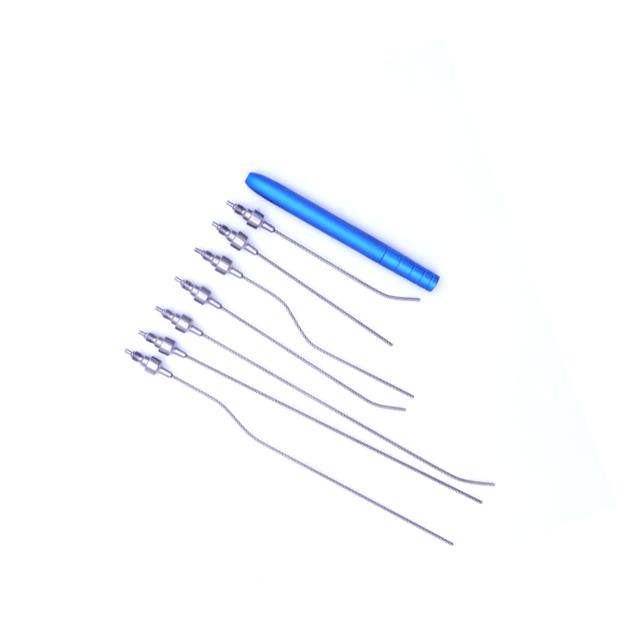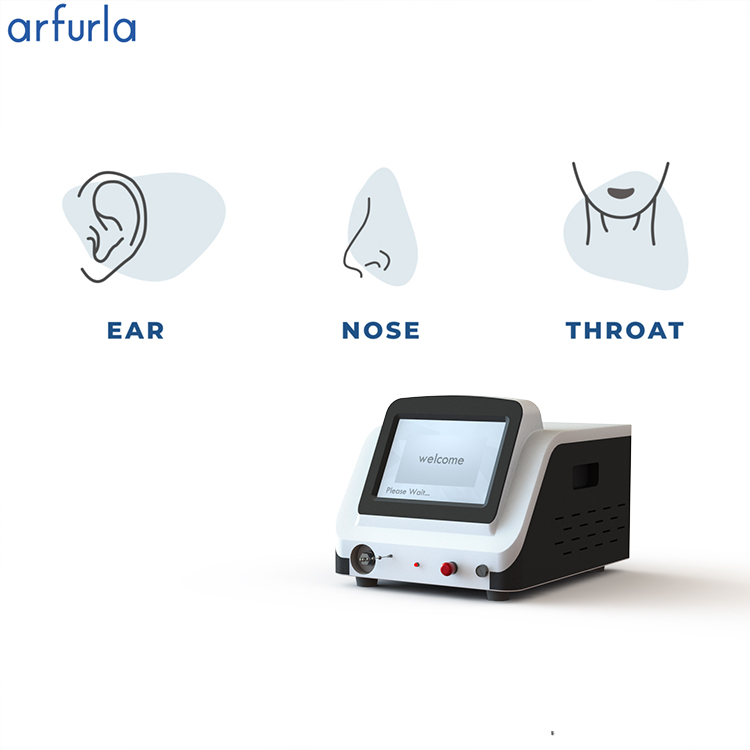
Product Details
Arfurla Minimally Invasive Laser Treatment For ENT Surgery
ENT Laser Treatment Surgery Principle
The wavelength of 980 nm has a high absorbance inhemoglobin whereas the 1470 nm has a high absorbance in water. The thermal penetration depth of the ARFURLA laser therefore can be adjusted to the needs of the particular ENT application by just a finger tip. This allows safe and precise procedures to be performed close to delicate structures while protecting the surrounding tissue. Compared to the CO2 laser, this special wavelength set exhibits a significantly better hemostasis and prevents bleeding during the operation, even in hemorrhagic structures such as nasal polyps and hemangioma. With the ARFURLA laser system, precise excisions, incisions and vaporization of hyperplastic and tumorous tissue can be performed effectively with almost no side effects.

This laser is especially suited for ENT works and finds application in various aspects of surgery in the ear, nose, larynx, neck, etc. With the introduction of diode ENT Laser, there has been a significant improvement in the quality of ENT surgery.
Otology On ENT Laser Surgery Treatment
Our laser system incorporates a 400 μm ultra-thin fiber for precise contact-based delivery to inner ear structures, virtually eliminating collateral tissue risk. The patented pulsed energy mechanism ensures:
- Activation exclusively upon tissue contact
- Immediate energy absorption at the fiber tip
- Controlled thermal penetration (<0.5mm)
This approach enables a truly minimally invasive myringotomy:
- Bloodless procedure with precise tympanic membrane fenestration
- Self-maintained opening (patency: ~21 days)
- Accelerated healing versus conventional techniques
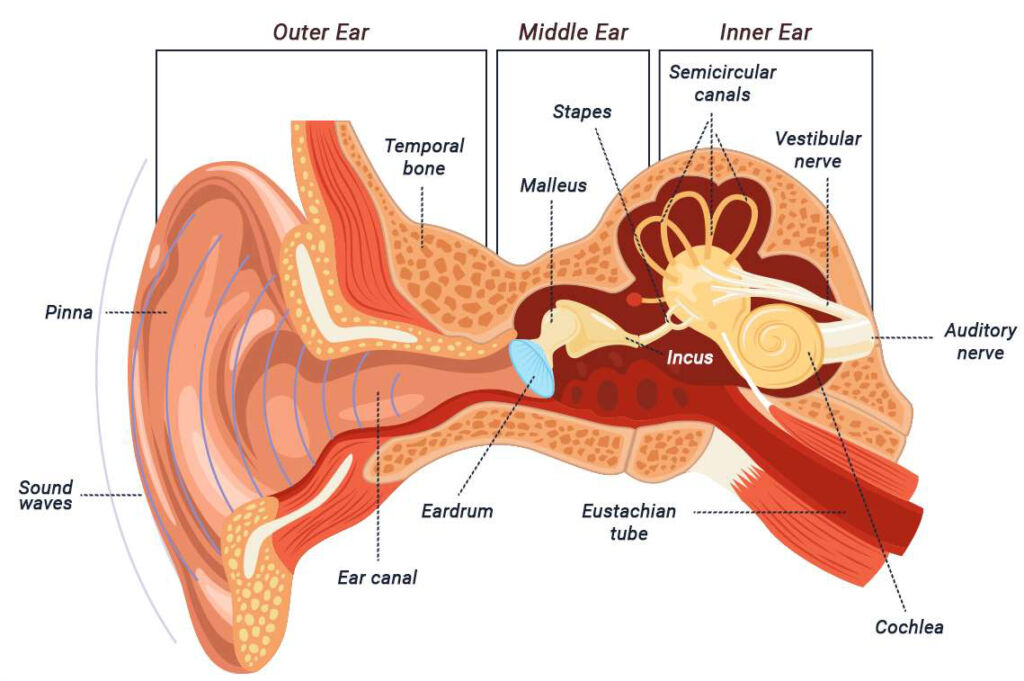
Rhinology On ENT Laser Surgery Treatment
Laser technology offers transformative advantages in rhinology by enabling precise tissue modulation with minimal collateral damage. Its clinical efficacy is particularly demonstrated in treating nasal polyps, chronic sinusitis, and obstructive nasal pathologies. While endoscopic sinus surgery remains the gold standard, intraoperative mucosal bleeding frequently compromises surgical visibility, reduces precision, prolongs recovery, and increases procedural burden for both surgeons and patients.
The critical success factor lies in preserving surrounding mucosal integrity. Innovative fiber tip designs now permit non-invasive turbinate penetration for interstitial ablation while maintaining complete external mucosal protection. This approach leverages laser technology’s inherent benefits:
- Superior hemostasis ensuring unobstructed surgical visualization
- Enhanced operative precision through bloodless ablation
- Reduced postoperative morbidity and accelerated healing
- Lowered complication risks through selective tissue interaction
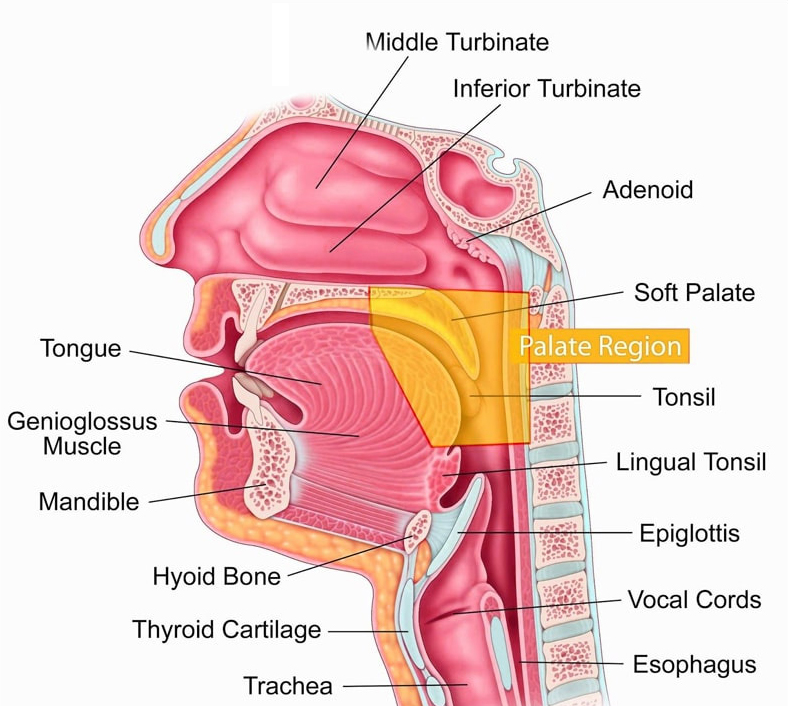
Laryngology On ENT Laser Surgery Treatment
In laryngeal procedures, preserving vocal function requires minimizing visible scarring and collateral tissue injury. Pulsed diode laser systems address this need by enabling precise tissue ablation with reduced thermal penetration, allowing controlled vaporization and resection in delicate anatomical regions while sparing adjacent healthy structures. This technology offers distinct advantages for treating laryngeal pathologies including tumors, papillomas, stenoses, and vocal fold polyps.
Compared to conventional techniques, laser-assisted laryngeal surgery demonstrates:
- Superior hemostasis with reduced intraoperative bleeding
- Decreased postoperative discomfort
- Accelerated recovery timelines
- Lower complication rates
The system’s micron-level precision enhances therapeutic outcomes through selective tissue removal, simultaneously improving patient safety, procedural efficacy, and postoperative comfort.
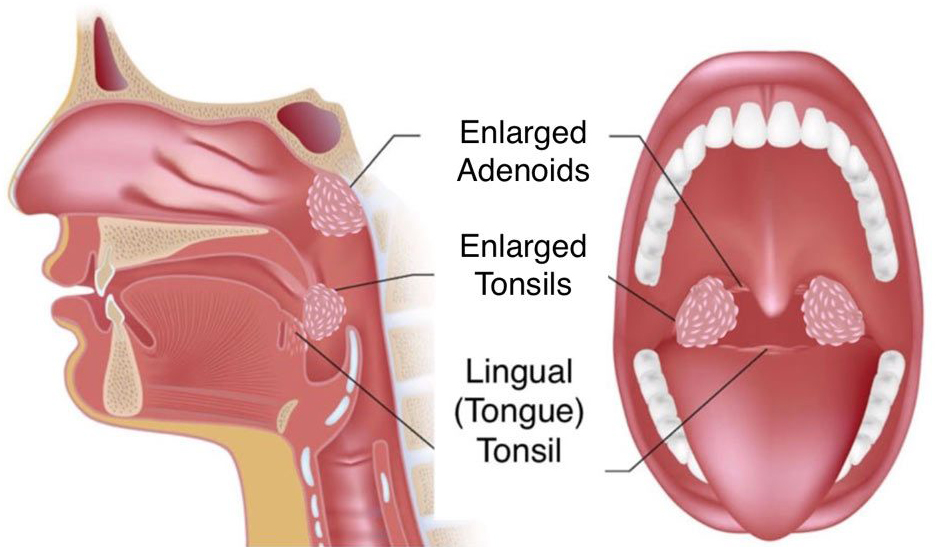
Advantage of Laser ENT Surgery Treatment
Minimally Invasive:
Laser surgery often requires no incisions, reducing the risk of scarring and complications. Mini-invasive surgery through flexible fiber optics.
Precision:
Laser technology allows precise control over the beam, targeting diseased tissue while sparing healthy tissue.
Minimal Bleeding:
Laser can simultaneously coagulate blood vessels, resulting in less bleeding and maintaining surgical visibility. Minimal bleeding.
Quick Recovery:
With reduced trauma and bleeding, patients typically recover faster, experiencing less discomfort. Short recovery period. Minimal thermal damage for excellent tissue margins.
Versatility:
ENT laser surgery is applicable to various conditions like sinusitis, tonsil issues, and vocal cord polyps, offering patients diverse treatment options. Less postoperative trouble
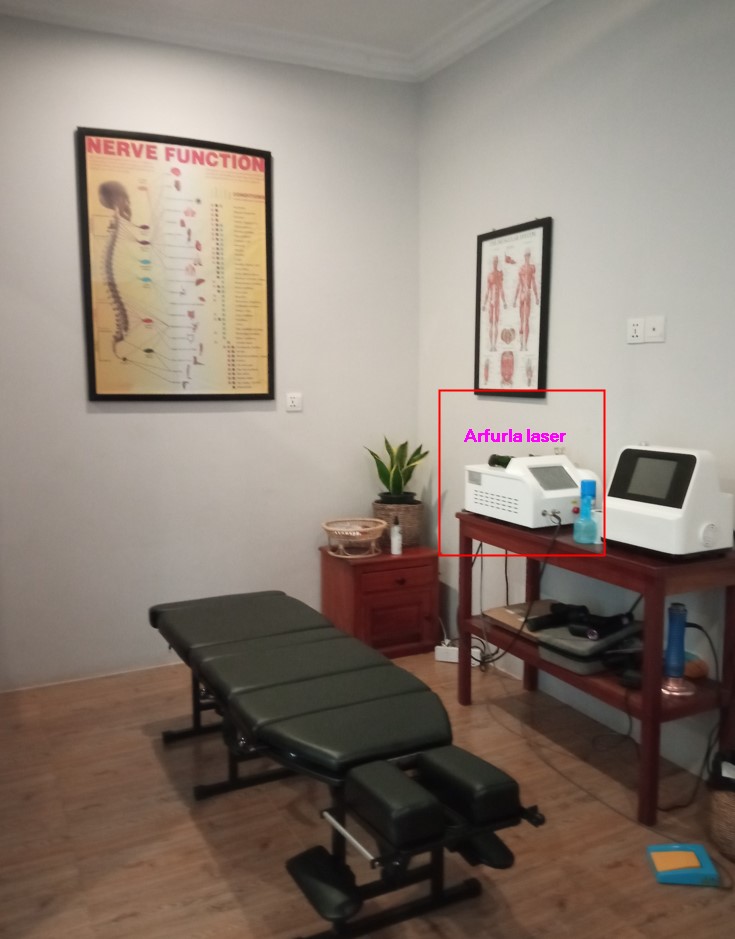
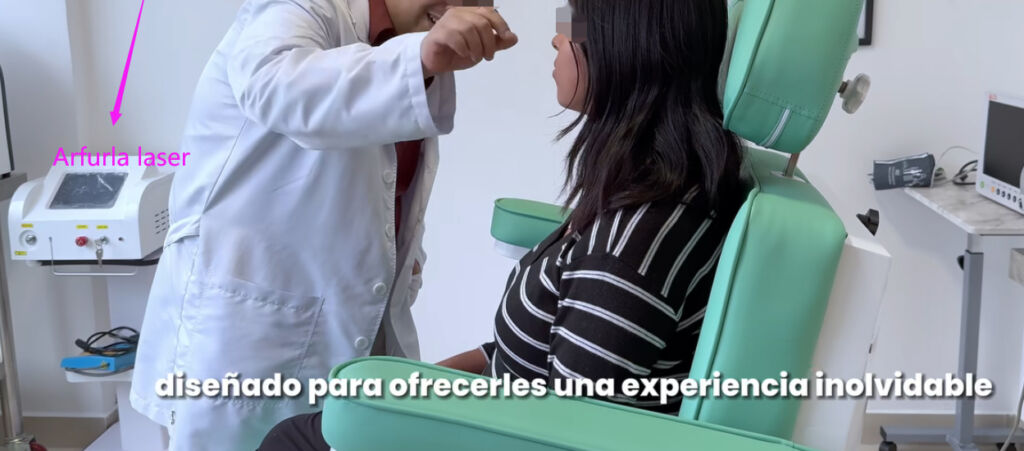
Applications of ENT Laser Treatment Surgery
Cysts
Accessory Auricle
Tumors of the inner ear
Cholesteatoma surgery
Hemangioma
Myringotomy
Tympanitis
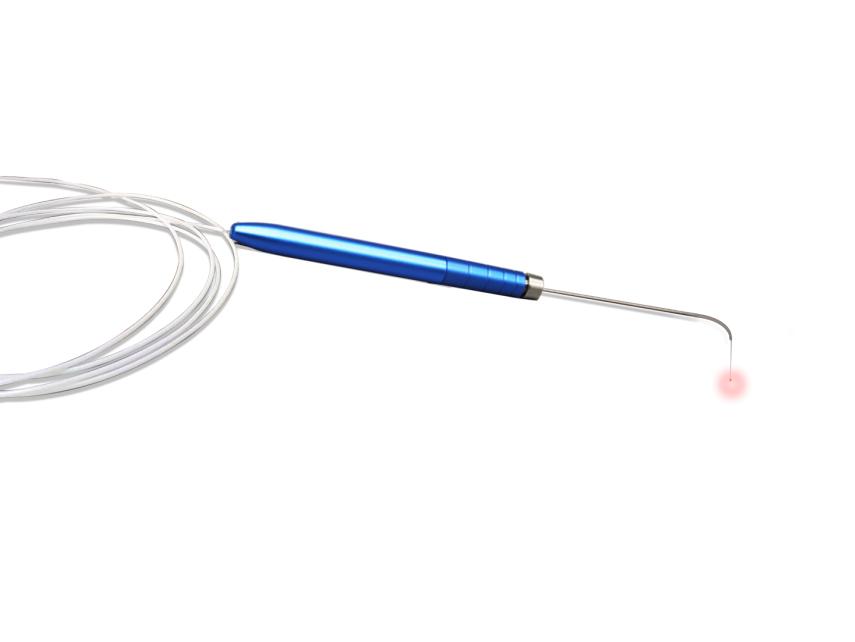
NOSE
Nasal polypectomy
Turbinate Reduction
Papilloma
Cysts and Mucoceles
Epistaxis
Sinus Surgery
Dacryocystorhinostomy
THROAT
Vocal Cord Polyps
Epiglottectomy
Strictures
Sinus Surgery
Uvulopalatoplasty
Glossectomy
